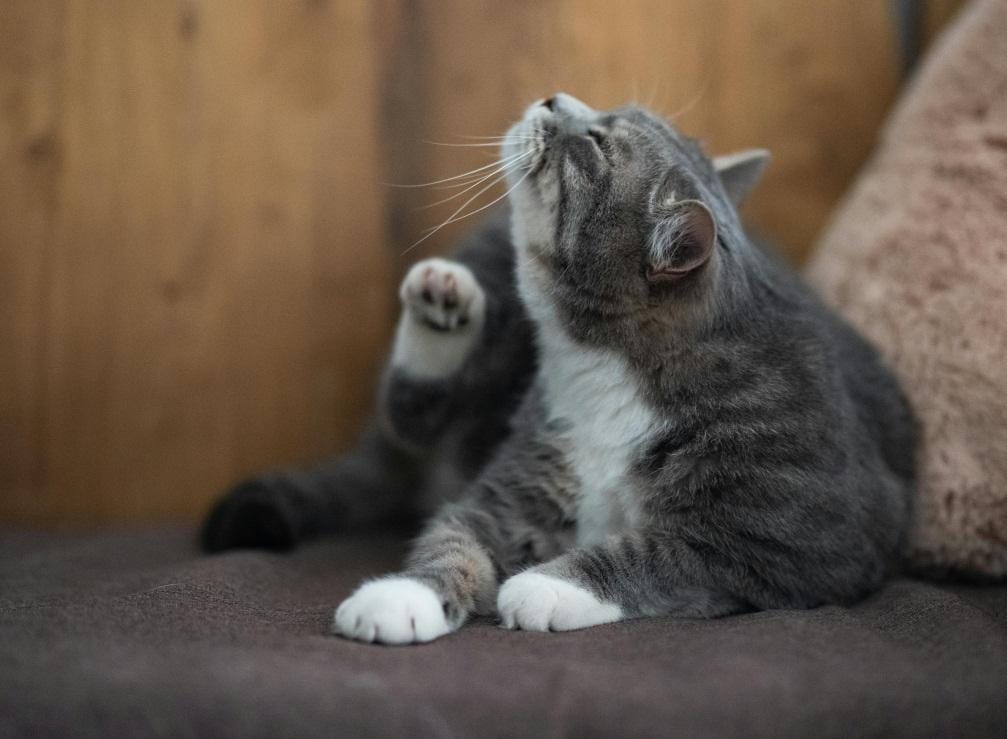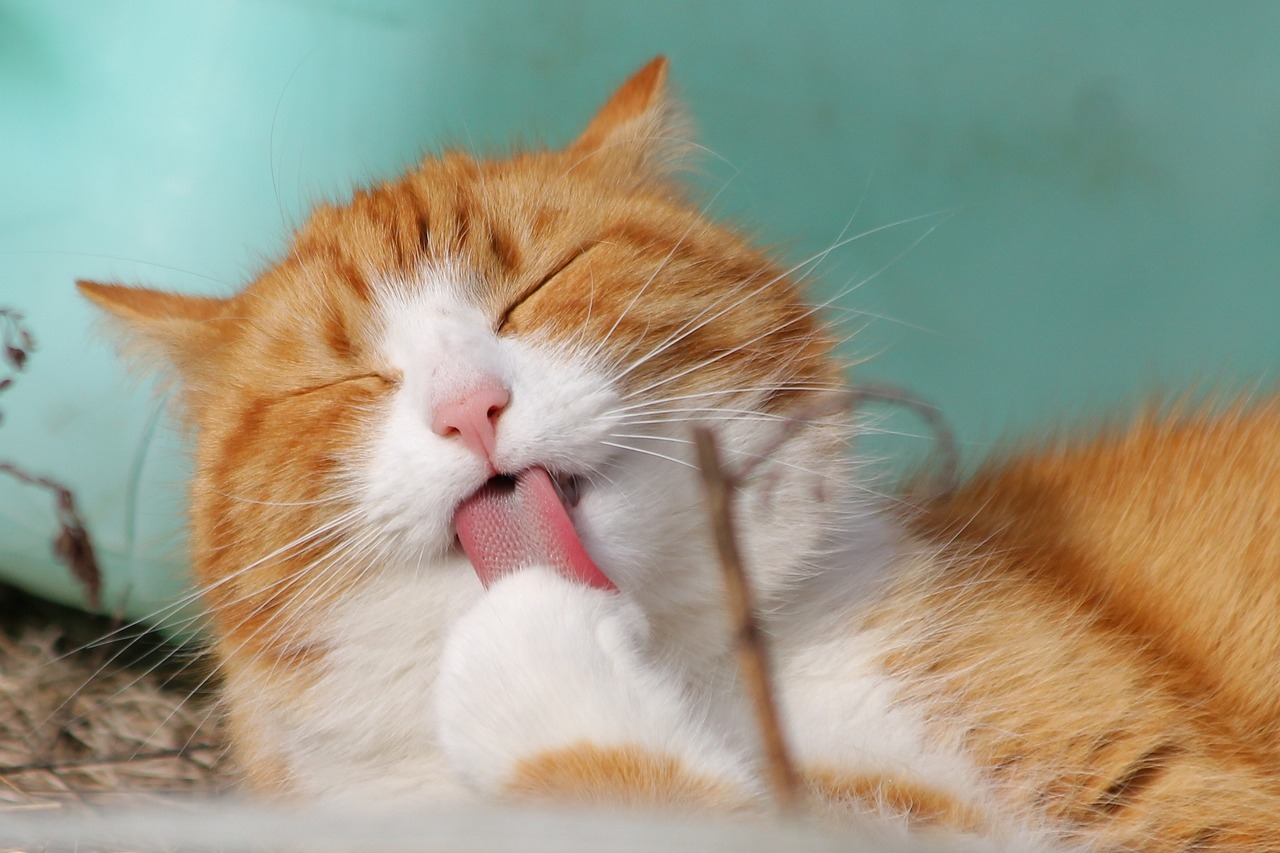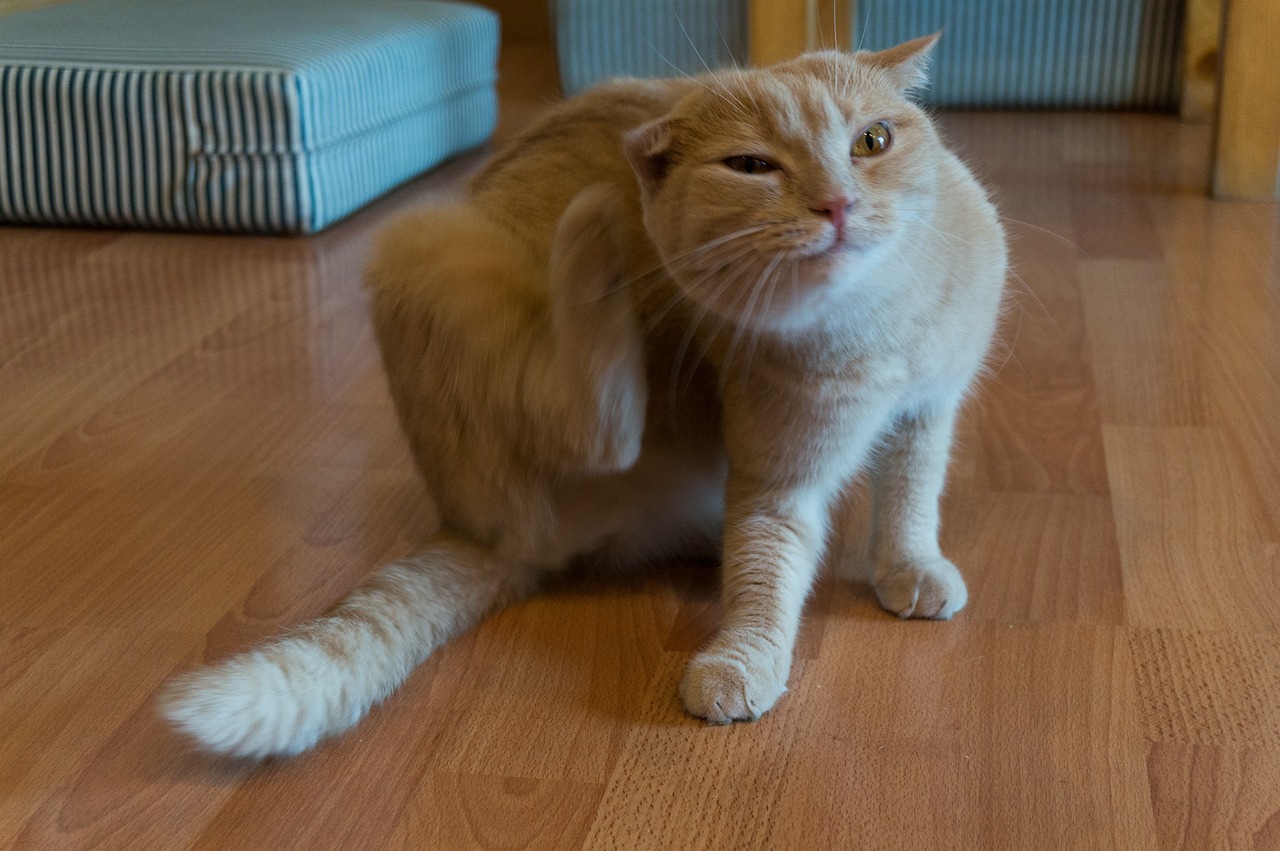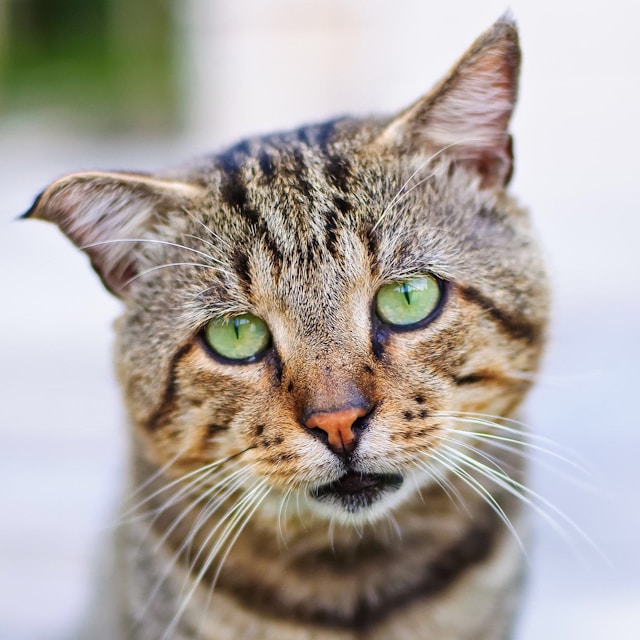Snowshoe
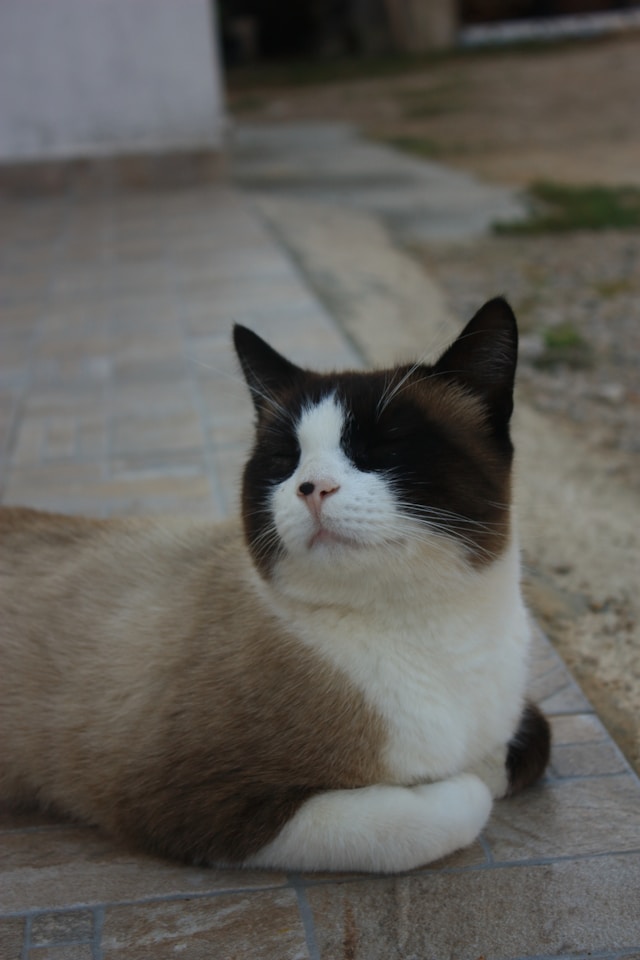
| Official Name | Snowshoe |
| Common Name | Snowshoe |
| Pet Height | 8 to 13 inches |
| Pet Weight | 7 to 14 pounds |
| Lifespan | 14 to 20 years |
| Good With | cats, children, dogs, families, seniors |
| Temperament | affectionate, sociable |
| Intelligence | high |
| Shedding Amount | occasional |
| Playfulness | high |
| Energy Level | active |
| Vocal Level | frequent |
| Coat Length | short |
| Colors | black/ebony, blue/gray, chocolate/brown/sable, cinnamon, cream/beige/tan, fawn, lavender/silver, lilac, red/orange |
| Patterns | color point |
| Other Traits | easy to groom, easy to train, friendly toward humans, friendly toward other pets, friendly toward strangers, good lap cat, strong loyalty tendencies, tolerates being picked up |
These cats not only carry the beauty and charm of their ancestors but also bring a unique personality of their own. With a medium to large build, snowshoe cats are known for being healthy and living long lives.
They thrive in family settings, forming strong bonds with their people and actively seeking attention and affection. Their loving and friendly nature makes them excellent companions for those who want an affectionate and devoted pet.
To better understand their temperament, care, and health considerations, we consulted a veterinarian to provide key insights into living with a snowshoe cat.
Appearance
The Snowshoe cat looks like the perfect mix between a Siamese and an American Shorthair. Thanks to its American Shorthair influence, it has the long, sleek body of a Siamese but with a bit more muscle. These cats are medium to large in size, with a balanced and sturdy build. Their heads can be either triangular or rounded, and many Snowshoes sport unique facial markings, including an upside-down "V" shape, which is a key feature of the breed. Their ears are wide-set and pointed, and their eyes are always blue, shaped like walnuts.
The Snowshoe's short, single-layered coat comes in a range of color-pointed patterns. You'll often see them in darker shades like fawn, chocolate, or blue, but they can also appear in black, orange, and lilac. Their distinctive white paws give them the "snowshoe" name, with the white sometimes extending up their legs. However, if a Snowshoe has too much or too little white, it might be considered a pet rather than a show or breeding-quality cat.
Personality
Snowshoe cats come with a range of personality traits, and whatever personality your Snowshoe develops, you can expect it to be full-on. Some are energetic entertainers, eager to show off tricks and games to grab your attention and keep you laughing. Others become loyal family members, treating themselves as equal partners in the family and wanting to be part of everything you do. Some may take on the role of a protector, forming a strong bond with one person in the household and rarely leaving their side.
No matter their personality, all Snowshoes are incredibly social. They generally get along well with children, other cats, and even cat-friendly dogs. However, they don't handle being alone for long periods, so if your Snowshoe is the only pet, they might experience separation anxiety when left by themselves for too long.
When you're home, your Snowshoe will always ensure you know they're around—either by snuggling up or chatting away. Though they can be vocal, they tend to be quieter than their Siamese relatives. As Dr. Chyrle Bonk, a veterinary expert with Hepper, explains, "Some Snowshoes can be quite vocal like the Siamese, while others may be more reserved, like the American Shorthair. It depends on which breed they take after."
These cats are also known for their intelligence. You can train them to walk on a leash, play fetch, and many even enjoy splashing around in water.
Living Needs
Snowshoes are lively and energetic cats that love to stay active. They respond well to games and activities that keep them engaged. According to Bonk, providing them with a multi-level cat tree or even a running wheel can be a fantastic way to keep them happy. While they enjoy toys, Snowshoes can get bored if you're not actively playing with them, so it's a good idea to have a variety of toys to keep things interesting.
These cats are known for being friendly with children, other cats, and even dogs, making them an excellent fit for large families or homes with multiple pets. Snowshoes don't like being alone, so having other animals around can help keep them content.
Early socialization is key in introducing your Snowshoe to a new cat or dog. Dr. Carol Margolis, from the Gold Coast Center for Veterinary Care in Long Island, NY, suggests carefully managing the environment when introducing a kitten to other pets. "Being home for the first week can really help, so you can step in and stop any unwanted behaviors," she says. Patience is essential during this process."
Care
The Snowshoe cat has a short, single-layered coat that's easy to care for. According to Bonk, a simple brushing once a week is usually enough to keep them looking shiny and feeling great. They don't shed much either, so you won't need to reach for the lint roller every time you leave the house. However, while they shed less, that doesn't mean they're hypoallergenic—actually, no cat or dog truly is. If you're prone to allergies around cats, it's a good idea to spend some time with a Snowshoe before deciding to bring one home.
Like all cats, Snowshoes need regular nail trims to avoid uncomfortable scratches, especially when they curl up on your lap. And don't forget, keeping their litter box clean is essential for their health and happiness.
Health
The Snowshoe cat is known for being a tough, healthy breed. According to Bonk, "They can easily live into their late teens or even reach 20 years old." While they are generally in good health, they might inherit some typical Siamese traits, like crossed eyes or kinked tails. However, these traits are only cosmetic and don't impact their overall well-being.
Aside from common feline health concerns like kidney or heart disease, Snowshoe cats are considered a relatively low-maintenance breed in terms of health.
Exercise Requirements
Snowshoe cats need plenty of exercise to stay happy and healthy. Consider using interactive toys and new items like tunnels and scratchers to keep them engaged. These can provide a lot of fun and help prevent boredom. Additionally, wall-mounted furniture such as scratchers and beds is a fantastic choice for Snowshoe cats, as they enjoy being up high. This type of furniture encourages climbing and jumping, allowing your furry friend to burn off energy while having a great time.
Training
Snowshoe cats are quite trainable and can learn to walk on a leash, do tricks, play games, and even solve puzzles or help with tasks like opening doors. You can train your cat using positive reinforcement—think treats, toys, and lots of praise. Sometimes, your cat might even surprise you by picking up a skill on its own. For instance, don't be shocked if your Snowshoe cat starts fetching or takes to leash training right away without much guidance!
History
The snowshoe cat breed has a fascinating origin story that began with a simple observation. In the early 1960s, a breeder named Dorothy Hinds-Daugherty from Philadelphia discovered three Siamese cats in a litter that had a unique recessive trait: white feet. This sparked her interest, and she thought, "This could be something special."
Determined to create a cat with a distinct color-pointed pattern and those charming white feet, Hinds-Daugherty bred Siamese cats with American shorthairs. She then paired their offspring back with Siamese cats to achieve the desired look. After some hard work, she succeeded, but breeding snowshoes remained a challenge. The breed's key characteristics are based on recessive genes, making the outcome unpredictable. Even now, each snowshoe cat has its own unique appearance.
In the 1970s, Hinds-Daugherty decided to step back from her breeding program, and another breeder, Vikki Olander, took over. Olander was instrumental in defining the breed's standards and advocating for its recognition with cat organizations. After much dedication, the snowshoe cat was awarded champion status by the Cat Fanciers Federation in 1983 and by The International Cat Fanciers Association in 1993.
Fun Facts
Snowshoe cats start their lives completely white, and their unique coloring develops over the first few years. Dusty is one of the most famous snowshoes, known as the "Klepto Kitty." Dusty became a bit of a legend after his memorable February 2011 appearance on "The Late Show with David Letterman." At that time, he had stolen a staggering collection of items: 16 car wash mitts, seven sponges, 213 dish towels, seven washcloths, five towels, 18 shoes, 73 socks, 100 gloves, a pair of mittens, three aprons, 40 balls, four pairs of underwear, one dog collar, six rubber toys, one blanket, three leg warmers, two Frisbees, one golf club head cover, one safety mask, two mesh bags, one bag of water balloons, one pair of pajama pants, eight bathing suits, and eight random objects—plus a partridge in a pear tree for good measure!
Another snowshoe that gained immense popularity is Grumpy Cat, whose real name was Tardar Sauce. She amassed millions of followers on Instagram and became an internet sensation known for her adorably sour expression. Despite her resemblance to a snowshoe, her owners revealed that she was actually born to a calico mother and a blue-and-white tabby father. Grumpy Cat's distinctive frown was the result of a form of dwarfism and an underbite, which only added to her charm and inspired countless memes.
Get insurance plans with wide-ranging coverage options








